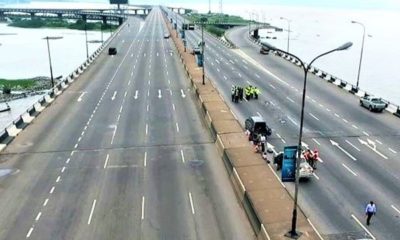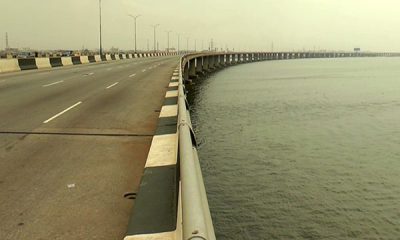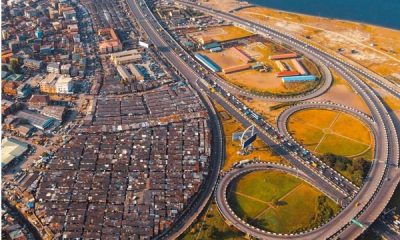
Car collisions or somersaults on Third Mainland Bridge, Lagos, are getting more common — virtually every day.
While no one wants to be involved in one of these collisions, it is critical that we, as drivers, take deliberate steps to avoid being involved in one on this iconic bridge.
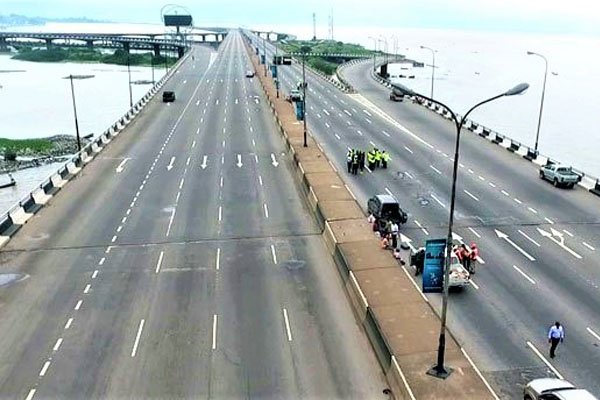
What can we do as motorists to help prevent auto accidents on the Third Mainland Bridge or any other expressway?
The following are some techniques needed to avoid being involved in an accident on the popular Third Mainland Bridge — or any expressway.
Over-speeding should be avoided
The most effective approach to avoid bridge accidents is to drive under the posted speed limit. While driving, keep an eye on your speedometer. On the Third Mainland bridge, stick to the suggested speed limit of 70 km/h.
Tailgating should be avoided
Maintain a safe gap between you and the vehicle in front of you. It’s risky to drive too close to the vehicle in front of you. The vehicle ahead of you may suddenly apply the brakes, causing you to collide with it.
Do not abruptly reduce your speed
This is vital for two reasons: if there isn’t enough space between your car and the automobile in front of you, stepping on your brake forcefully can cause the car in front of you to crash into yours. Also, applying your brake suddenly while driving at high speeds might cause the car’s momentum to push it forward and cause it to somersault.
Before overtaking, check your mirror
Check your rearview mirrors before making a sudden overtake. On this bridge, overtaking without checking your rearview mirrors is a dangerous practice. Use your mirrors or a short sideways glance into the blind spot area if required, and then begin to move out.
Attempt to keep a lane
Do not switch lanes at random. Before changing lanes, use your turn signal to indicate your intention, then gradually raise your speed in the acceleration lane while keeping an eye on nearby vehicles. Enter only when it is safe to do so. To prevent slowing down other vehicles, accelerate quickly upon entering.
Do not instantly follow cars that are overtaking you
Do not instantly follow a car that is overtaking you. This isn’t always a good idea because there might only be room for one vehicle.

Before overtaking, use your signals
Make sure you’re using the proper signal to let the vehicle behind you know what you’re up to. Before you begin overtaking, you should indicate for at least 5 seconds.
While driving, keep your eyes ahead
Except to check your side mirrors, you should constantly look ahead; avoid any distractions, like as casually looking at the passengers of automobiles next yours. The majority of expressway collisions occur when drivers fail to maintain a forward gaze.
Do not apply the brakes immediately if your tyre bursts
If you have a tyre rupture on the bridge, don’t slam on the brakes right away. Of course, saying it is easier than doing it. When a tyre blows out, our instinctive reaction is to hit the brakes. This is the worst thing you can do because it will further destabilize the car and cause it to lose control. A blown tyre could cause the car to lose control completely. With SUVs and taller vehicles, this might be even worse. When this happens, though, practice not using the brakes abruptly.
Make use of your distress signals
If your car breaks down on the bridge, make sure to utilize your caution signals to warn drivers approaching from behind of the hazard posed by your vehicle in front of them. Place the warning signs a safe distance away from your broken down vehicle.
Before you go on a trip, make sure your car is in good working order
Checking to see if your vehicle is safe to drive is a crucial safety precaution.
Leave early for your destination
Make plans to leave for your destinations early. This will ensure that you are not pressured into over-speeding while driving on the Third Mainland Bridge.

 News1 week ago
News1 week ago
 Celebrities Auto1 week ago
Celebrities Auto1 week ago
 News1 week ago
News1 week ago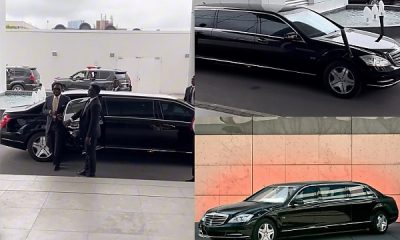
 News1 week ago
News1 week ago
 Celebrities Auto5 days ago
Celebrities Auto5 days ago
 Celebrities Auto1 week ago
Celebrities Auto1 week ago
 Concept Cars1 week ago
Concept Cars1 week ago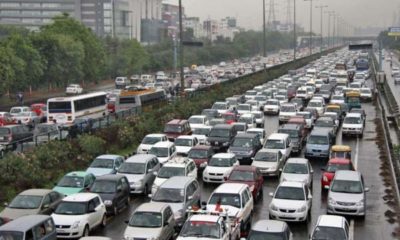
 Car Facts6 days ago
Car Facts6 days ago



